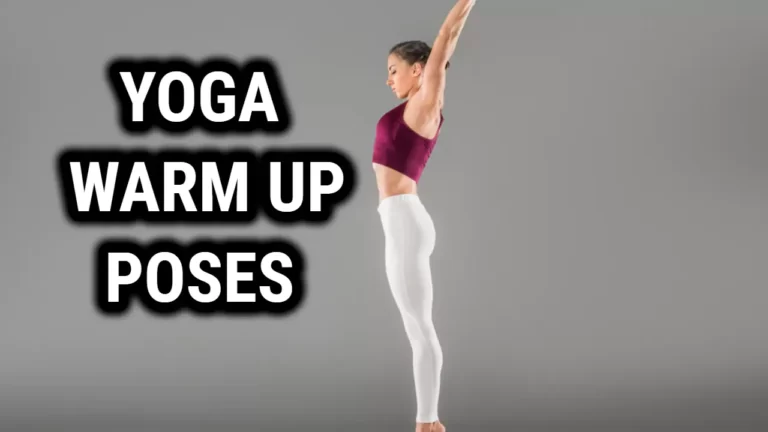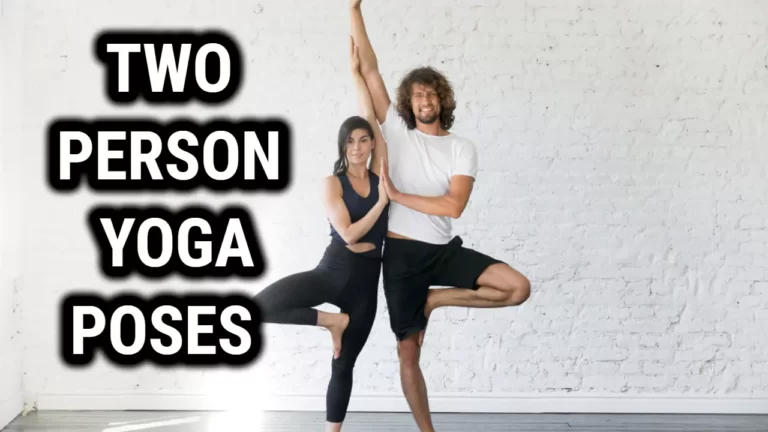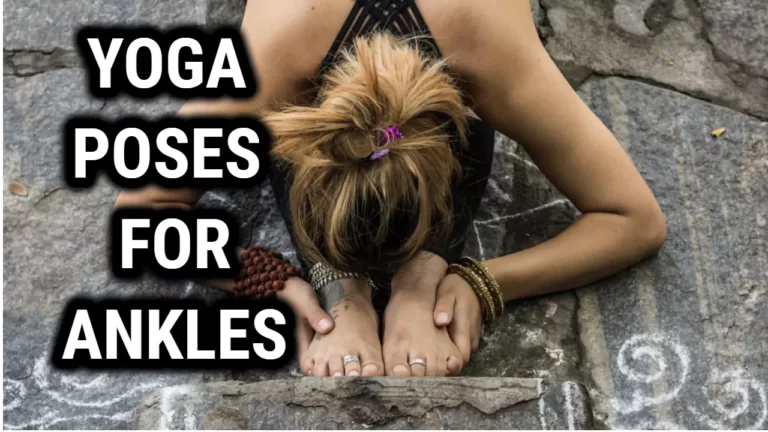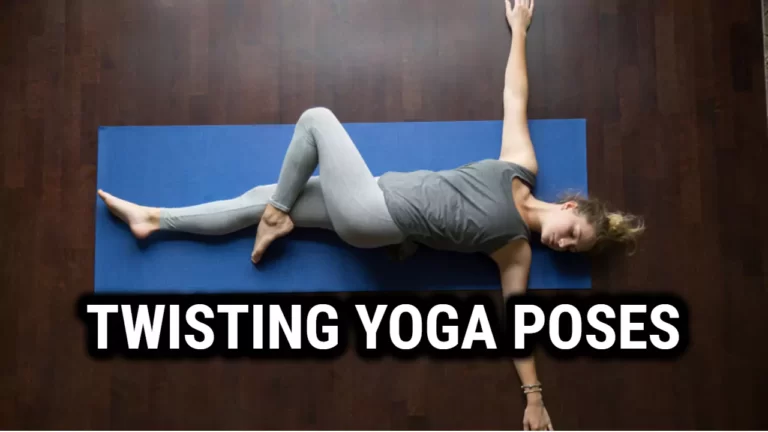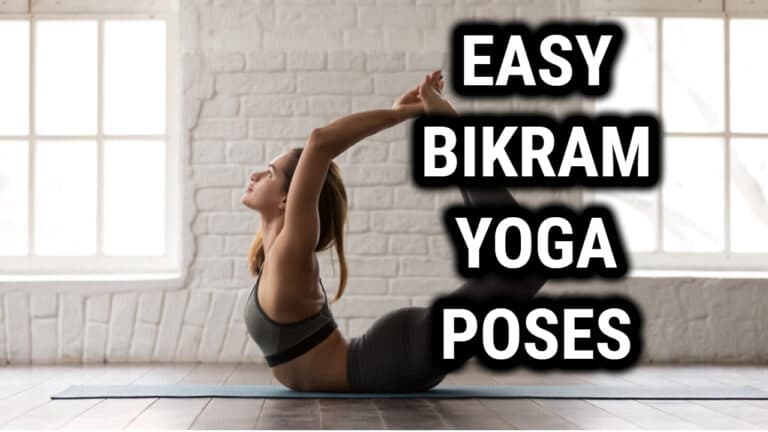Slow Yoga for Beginners: A Mindful Way to Find Inner Peace

Are you looking for a way to ease into the world of yoga without feeling overwhelmed or intimidated? Slow yoga might be just what you need. This gentle practice focuses on mindful movements and deep breathing, making it the perfect introduction to the world of yoga for beginners.
Here, we’ll explore the world of slow yoga, including its benefits, basic poses, the importance of breathwork, and how to build a slow yoga practice that fits into your daily life.
Key Takeaways
Here are some key takeaways to remember about slow flow yoga for beginners:
| Key Takeaways |
|---|
| Slow flow yoga is a great option for beginners, as it allows you to move at a gentle pace and focus on your breath and alignment. |
| Other types of yoga that are good for beginners include hatha yoga and restorative yoga. |
| Yin yoga is often considered the slowest form of yoga, as poses are held for several minutes at a time. |
| Slow yoga can have many benefits for your physical and mental health, including improved flexibility, strength, balance, and stress reduction. |
| To do yoga slowly, focus on your breath, move mindfully through each pose, and use props to support your body. |
| Slow flow yoga is a hybrid of vinyasa and hatha yoga, and typically involves slow, fluid movements synchronized with the breath. |
Understanding Slow Yoga
Before we dive into the poses, let’s first discuss what slow yoga is and how it differs from other yoga practices. Slow yoga is a mindful practice that emphasizes the connection between breath and movement. Unlike other types of yoga, which can be fast-paced and intense, slow yoga is all about taking things slow and focusing on the present moment.
One of the most important aspects of slow yoga is the emphasis on proper alignment. When we move slowly and intentionally, we’re able to pay more attention to our body’s alignment and make adjustments as needed. This not only helps to prevent injury but also helps to deepen the benefits of each pose.
Another key component of slow yoga is mindfulness. By moving slowly and intentionally, we’re able to fully immerse ourselves in the present moment and let go of any distractions or worries. This can be incredibly beneficial for reducing stress and anxiety and increasing feelings of calm and inner peace.
Basic Slow Yoga Poses for Beginners
Now that we have a better understanding of what slow yoga is, let’s take a look at some basic poses that are perfect for beginners.
Mountain Pose
This pose might look simple, but it’s a great way to improve posture and build strength in the legs, feet, and core.
To practice mountain pose, stand with your feet hip-distance apart and your arms at your sides. Engage your core and lift through the crown of your head, imagining a string pulling you up towards the ceiling. Take a few deep breaths here, focusing on grounding down through your feet and lifting up through the crown of your head.
Tree Pose
Tree pose is a great way to improve balance and strengthen the legs and core.
To practice tree pose, start in mountain pose and shift your weight onto your left foot. Place your right foot on your left thigh, either above or below the knee (avoid placing it directly on the knee joint). Press your foot into your thigh and your thigh into your foot, engaging your core to help you balance. Bring your hands to heart center or reach them overhead for an added challenge. Take a few deep breaths here before switching sides.
Downward Facing Dog
Downward facing dog is a classic yoga pose that’s great for stretching the hamstrings, calves, and spine.
To practice downward facing dog, start on your hands and knees with your wrists directly under your shoulders and your knees under your hips. Curl your toes under and lift your hips up and back, straightening your arms and legs as much as possible. Press your hands and feet into the ground and lengthen through your spine, creating a V shape with your body. Take a few deep breaths here, focusing on lengthening through your spine and relaxing your neck and shoulders.
Child’s Pose
Child’s pose is a gentle pose that’s great for stretching the hips, thighs, and lower back.
To practice child’s pose, start on your hands and knees with your wrists under your shoulders and your knees under your hips. Lower your hips back towards your heels and reach your arms forward, resting your forehead on the mat. Take a few deep breaths here, focusing on releasing tension in your hips and lower back.
Warrior I and II
Warrior I and II are great poses for building strength in the legs, hips, and core.
To practice Warrior I, start in mountain pose and step your left foot back about three to four feet. Turn your left foot out to a 45-degree angle and bend your right knee, bringing your thigh parallel to the floor. Reach your arms up overhead, gazing up towards your fingertips. Take a few deep breaths here before switching sides.
To practice Warrior II, start in Warrior I and open your hips to face the side of the room. Your left foot should still be turned out to a 45-degree angle, and your right foot should be parallel to the back of the mat. Bend your right knee and extend your arms out to the sides, reaching towards opposite walls. Gaze over your right fingertips and take a few deep breaths here before switching sides.
If you are looking for Yoga Mat
This would be My Recommendation Check it Out – Gaiam Essentials Premium Yoga Mat With Mat Carried Sling
The Importance of Breathwork
One of the key components of slow yoga is the emphasis on breathwork. By focusing on deep, steady breaths, we can calm the mind and enhance the benefits of each pose.
When practicing slow yoga, try to focus on the following breathing techniques:
- Ujjayi breath: This is a deep, audible breath that sounds like ocean waves. To practice ujjayi breath, inhale deeply through your nose and exhale slowly through your mouth, constricting the back of your throat as you exhale to create an audible “ha” sound.
- 3-part breath: This technique involves breathing deeply into the belly, ribs, and chest. To practice 3-part breath, inhale deeply and feel your belly expand, then your ribs, and finally your chest. Exhale slowly and feel each area release in the reverse order.
- Equal breathing: This involves breathing in and out for the same amount of time. To practice equal breathing, inhale for a count of four, then exhale for a count of four.
Building a Slow Yoga Practice
Now that you have a better understanding of what slow yoga is and how to practice some basic poses and breathing techniques, it’s time to build a slow yoga practice that fits into your daily life. Here are some tips to get you started:
- Start small: Don’t feel like you need to jump into a 60-minute yoga practice right away. Start with just 10-15 minutes a day and gradually increase your practice over time.
- Find a quiet space: Slow yoga is all about mindfulness and focus, so try to find a quiet space where you won’t be distracted by noise or other people.
- Invest in props: Props like blocks, blankets, and straps can be incredibly helpful in deepening your practice and improving alignment.
- Take it slow: Remember, slow yoga is all about taking things at your own pace and not pushing yourself too hard. Listen to your body and adjust the poses as needed.
- Be consistent: Like any habit, the key to building a consistent yoga practice is to do it regularly. Try to practice at the same time each day to help build a routine.
Frequently Asked Questions
Is slow flow yoga for beginners?
Yes, slow flow yoga is a great option for beginners. It allows you to move at a gentle pace and focus on your breath and alignment. Plus, it can help build strength and flexibility over time.
What type of yoga is best for beginners?
Slow flow yoga, hatha yoga, and restorative yoga are all great options for beginners. These styles of yoga focus on slow, mindful movements and can help you build a solid foundation for your practice.
What is the slowest yoga?
Yin yoga is often considered the slowest form of yoga. In this practice, poses are held for several minutes at a time, allowing for a deep stretch and release of tension in the body.
Is slow yoga good for you?
Yes, slow yoga can have many benefits for your physical and mental health. It can help improve flexibility, strength, and balance, while also reducing stress and promoting relaxation.
How to do yoga slowly?
To do yoga slowly, start by focusing on your breath and moving mindfully through each pose. Take your time and don’t rush through the practice. Use props like blocks and blankets to support your body and deepen your stretches.
What type of yoga is slow flow?
Slow flow yoga is a hybrid of vinyasa and hatha yoga. It typically involves slow, fluid movements that are synchronized with the breath. The focus is on building strength and flexibility while also cultivating mindfulness and relaxation.
Final Thoughts
Slow yoga is a gentle yet powerful practice that can help you find inner peace and connect more deeply with your body and breath. Whether you’re a complete beginner or an experienced yogi, incorporating slow yoga into your daily routine can have a profound impact on your physical and mental wellbeing.
So next time you’re feeling stressed or anxious, take a deep breath and try practicing some slow yoga poses. You might be surprised at how much it can transform your mind, body, and spirit.
